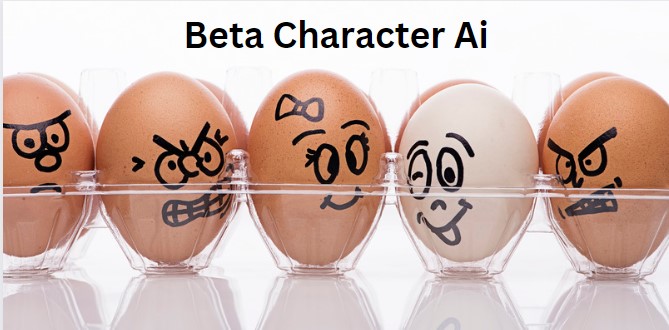VODChat: Operational and functional safety in plants and critical infrastructures – Technologist
The Cybersecurity & Infrastructure Security Agency of the United States defines critical infrastructure as “assets, systems, and networks that provide functions necessary for our way of life.
CISA identifies 16 critical infrastructure sectors including chemical, commercial facilities, communications, critical manufacturing, dams, defence industrial base, emergency services, energy, financial services, food & agriculture, government facilities, healthcare and public health, information technology, nuclear reactors, transportation systems, and water and wastewater systems.
Friedhelm Best, vice president for APAC at HIMA, noted that within the industries the company operates in, every operator has an operation which has risk involved. “Within the oil & gas industry, the mining and processing of raw materials involves risks. A rail operator, who has an infrastructure for rail, with rolling stock, with rail track, there is some risk associated with that,” he pointed out.
According to Best, the objective is to maintain risk at levels that are tolerable for people, assets and the environment. “Functional safety is specifically that part of risk management – beyond all of the mechanical and operational measures – can be achieved by an electrical or electronic system, is called safety integrated systems,” he further elaborated.
He acknowledged that critical infrastructure typically involves significant investments carried out over decades. “These complex investments are not replaced as and when new technologies become available.
“Rather, changes have to wait for the next phase of modernisation, or when there is a test run of new technology. That’s why it seems like there is a lot of old technology,” he continued.
He also noted that in some cases, changes only happen following regulators’ call for system management evidence or data to bring.
Impact of COVID on critical infrastructure
Best recalls that historically safety-related automation was often performed onsite, meaning the operator or the manufacturer of the equipment has to send an engineer on site.
“However, with travel restrictions and health regulations during COVID, remote access was allowed in a secure way as there was a need for that to happen. Now this option will stay because they are more used to working with remote access,” observed Best.
Responding to market forces
The world remains vulnerable to market forces. A case in point is the ongoing Russia-Ukraine war saw global energy prices increase 20% for five straight months. Rising energy prices may decrease social surplus, which in turn, would slow economic growth.
Best stressed that the world needs stable energy over the long run. Disruptions, be they man-made or natural forces some operators, particularly in directly affected markets, to run operations continually without shutting down the plant for any turnaround.
“They are now prolonging their operations for as long as possible but well aware that their equipment needs maintenance and repair, hence using technology such as predictive maintenance and other options to help them,” he opined.
Responding to digital threats
The May 2021 attack on the Colonial Pipeline in the US, reveals just how vulnerable critical infrastructures are from digital threats.
“Digital threats are very real today and everyone who runs a critical infrastructure has to act now,” acknowledged Best. “It (digital threats) should be treated the same way as how safety systems were implemented at the beginning when they build a plant – where they analyse and study the requirements and put measures in place.”
He points out that with new threats emerging constantly, more proactive measures and investments must be put into this in Asia Pacific as organisations become more aware of the cost to them in terms of potential loss of production hours and damage to infrastructure.
New challenges ahead
Best identified the changing environment and changing market conditions as top of mind when considering the challenges facing operators of critical infrastructure. “In the past, you can build a plant and keep it running for 10 or 20 years. Today, size and design need to adapt to changes often, which affects safety systems. Hence, the management of change is more important now than ever,” he continued.
The other challenge he was quick to point out is the constantly changing security threats coming from outside which are hard to predict.
Click on the link to watch the full VODChat with FutureIoT.
- Describe operational and functional safety at plants and critical infrastructure in APAC.
- Critical infrastructure usually means operational technologies that are decades old. Why is that?
- How has COVID impacted how critical infrastructure operators go about their business?
- How do you see critical infrastructure operators responding to market forces?
- What is hampering the digitization/modernisation of critical infrastructure?
- How are critical infrastructure operators in APAC responding to digital threats today?
- What is the problem that HIMA is solving?
- What is your advice to critical infrastructure operators as regards safety?
- What are the challenges of critical infrastructure today as it relates to safety?


